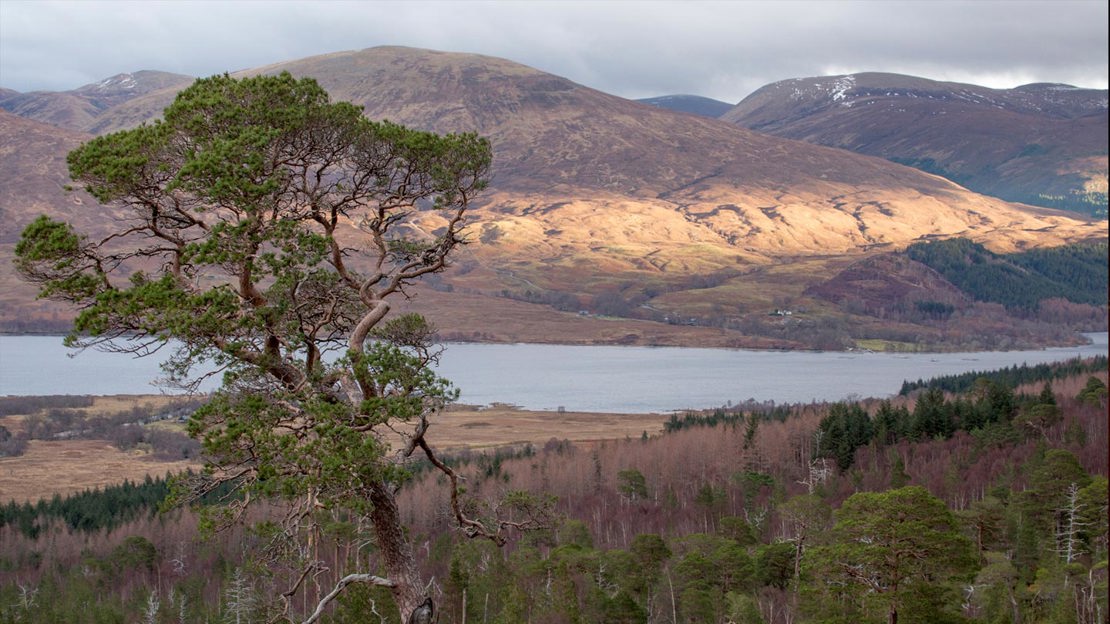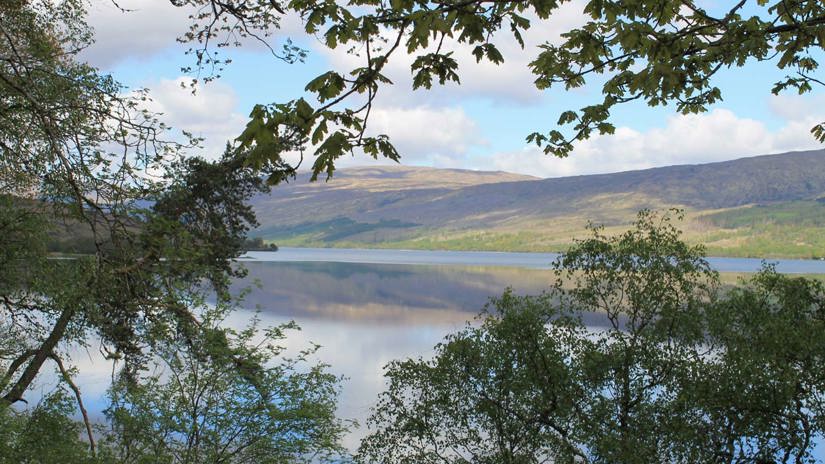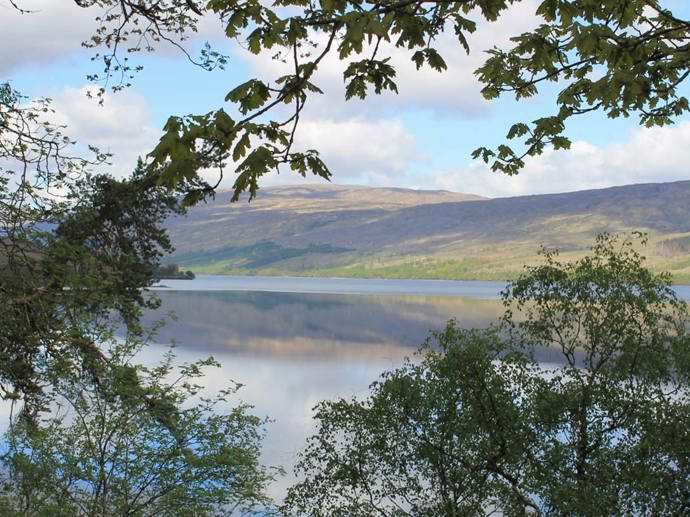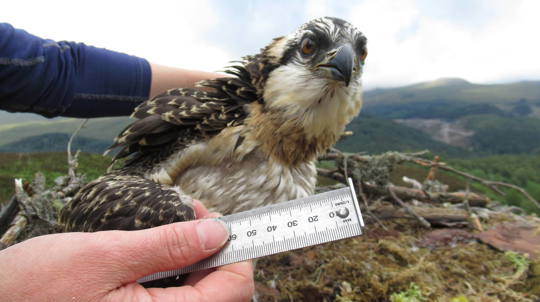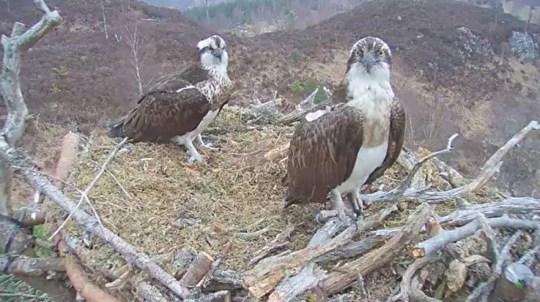Locheilnet started about five years ago. It was a bunch of volunteers got together to try and get broadband into areas around Lochaber that had no hope of getting commercial broadband.
The system depends on line of sight connections so you can bounce the signal from one house, one property, one relay station to another, but it's got to be clear line of sight.
Establishing those sight lines has meant us going up hills in various very remote locations. Getting power to these remote locations has also been a challenge. The Loch Arkaig site for example we had to run 1.5km of cable up the hill which is a lot of cable. It involved the use of argocats and all sorts of equipment to get the gear up the hill there so that we could see into Loch Arkaig.
So yeah, it's challenging, and it's Scottish weather. We're out in horrible weather - snow, rain. When breakdowns occur we've got to go and fix things. We've also got 100mph winds to contend with, equipment blows over... Yeah, challenging, but very very rewarding when it works.
It's been incredibly popular that osprey camera. Even my own friends and relatives all over the world are watching it. It's just amazing to see an osprey - I live here and I'd never seen it!
I think everyone who's been involved with Locheilnet and the osprey cam, we are proud of what we've achieved. It's been hard and it's been challenging as I've said before, but when you get rewards like that, that so many people can enjoy, you can't beat it really.








